Poland MiG-29 deal flew to the brink of a disastrous war
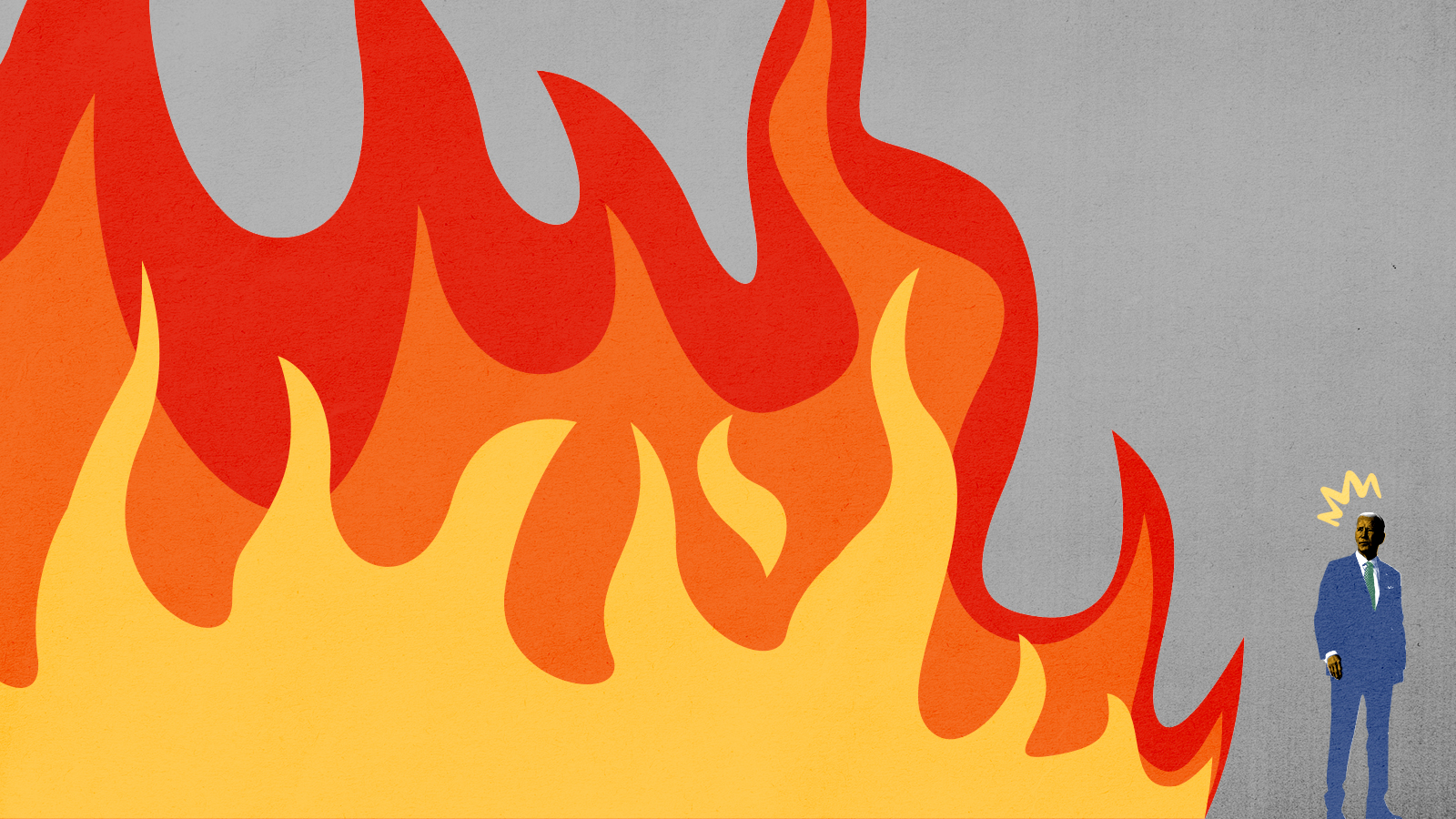

There's a good reason U.S. officials on Monday quickly put the kibosh on Poland's plan to transfer its fighter jets to Ukrainians directly from a U.S. base in Germany — the proposal stood a good chance of drawing the United States and NATO directly into the fight with Russian and starting World War III.
"We do not believe Poland's proposal is a tenable one," a Defense Department spokesman said, just hours after the effort became public.
As long as Ukraine is able to stay in the fight against Russia, we're going to see plenty more debates and incidents like this. There's a real tension between helping Ukraine without helping it so much that the violence spills out across Europe. I've said it before: Prudence is hard. Escalation is easy.
The Week
Escape your echo chamber. Get the facts behind the news, plus analysis from multiple perspectives.

Sign up for The Week's Free Newsletters
From our morning news briefing to a weekly Good News Newsletter, get the best of The Week delivered directly to your inbox.
From our morning news briefing to a weekly Good News Newsletter, get the best of The Week delivered directly to your inbox.
Maybe too easy.
The Atlantic Council, a foreign policy think tank, has just published a survey of 37 experts — former diplomats and retired military officers — asking them to rank a baker's dozen of possible American interventions, evaluating options according to both their possible effectiveness and the potential risk they might escalate the conflict into a wider war between NATO and Russia. The menu included everything from humanitarian assistance to using special operations forces to "advise" Ukrainians to the establishment of the much-discussed no-fly zone.
Almost all of the options were considered at least somewhat risky by the experts. Just two proposals were ranked firmly on the "lower risk" side of the quadrant: Giving Ukrainians either unmanned drones or electronic warfare systems that can jam enemy communications and weapons while defending against such attacks. Even a proposed airlift of humanitarian supplies into the city of Lviv ranked on the riskier side of the spectrum.
"Any actions that involved U.S. or NATO personnel deploying to conduct operations inside Ukraine, even humanitarian operations, were rated as relatively more escalatory than militarily effective, with the riskiest being SOF [special operations forces] operations," the report's authors wrote. "The no-fly zone option was clearly identified as the one most likely to lead to NATO-Russia conflict — with all respondents saying it would entail a significant risk of escalation."
A free daily email with the biggest news stories of the day – and the best features from TheWeek.com
The experts were more bullish on providing weapons systems to Ukrainians to operate on their own. As it happens, that balance — give weapons, but don't get NATO personnel or facilities directly involved — is pretty much exactly what the U.S. and its allies are already doing. Even then, such actions are fraught.
By now, everybody should understand why a fight between the U.S. and Russia is a bad idea: You don't want two nuclear powers trading blows, at all. That doesn't mean we shouldn't be helping the Ukrainians. But it does mean that every judgment, every decision, is extremely delicate. This is not a moment for glib, cavalier decisions. The future of the whole world is at stake.
Joel Mathis is a writer with 30 years of newspaper and online journalism experience. His work also regularly appears in National Geographic and The Kansas City Star. His awards include best online commentary at the Online News Association and (twice) at the City and Regional Magazine Association.
-
 Education: More Americans say college isn’t worth it
Education: More Americans say college isn’t worth itfeature College is costly and job prospects are vanishing
-
 One great cookbook: ‘More Than Cake’
One great cookbook: ‘More Than Cake’the week recommends The power of pastry brought to inspired life
-
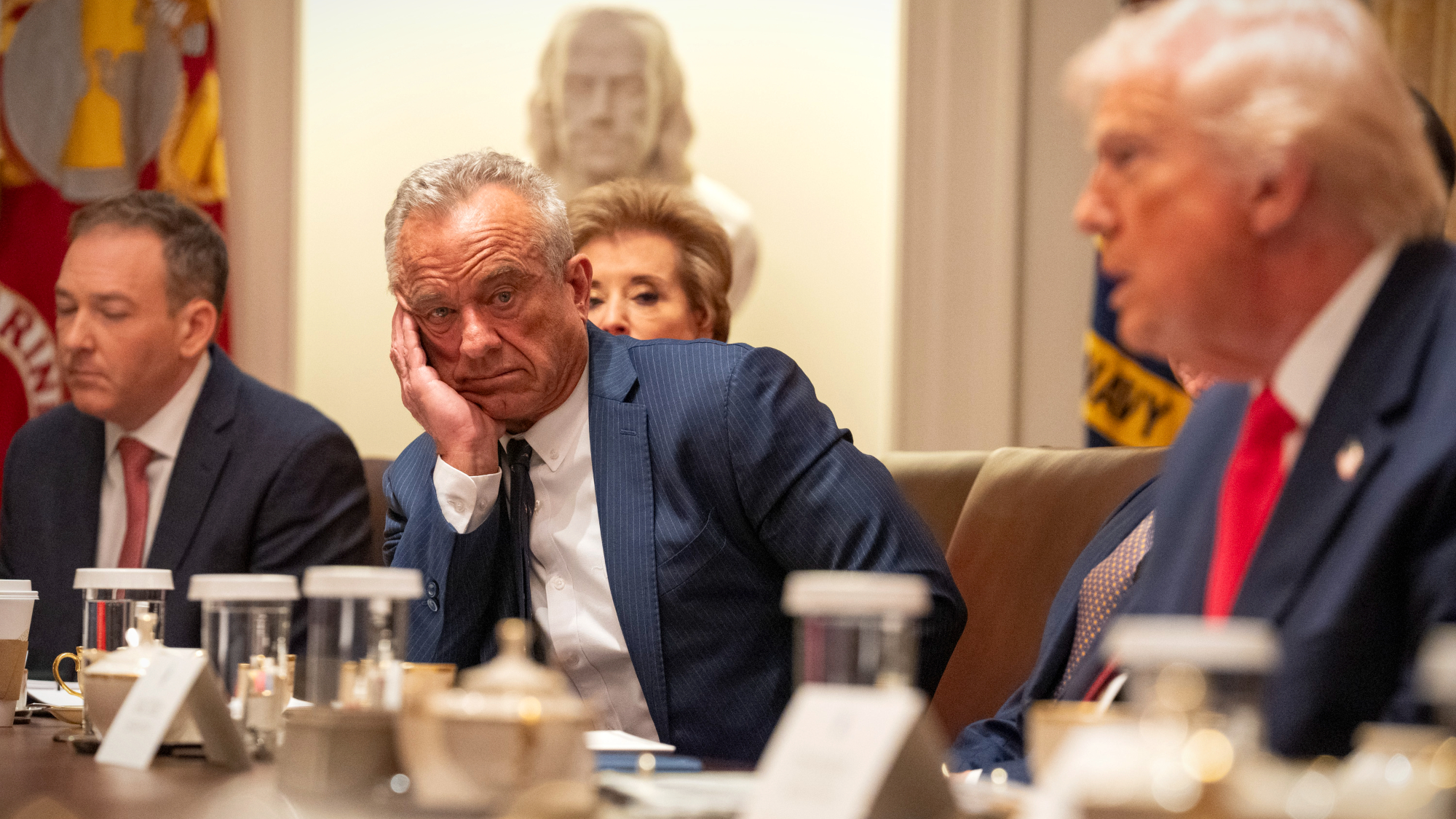 Democrat files to impeach RFK Jr.
Democrat files to impeach RFK Jr.Speed Read Rep. Haley Stevens filed articles of impeachment against Health and Human Services Secretary Robert F. Kennedy Jr.
-
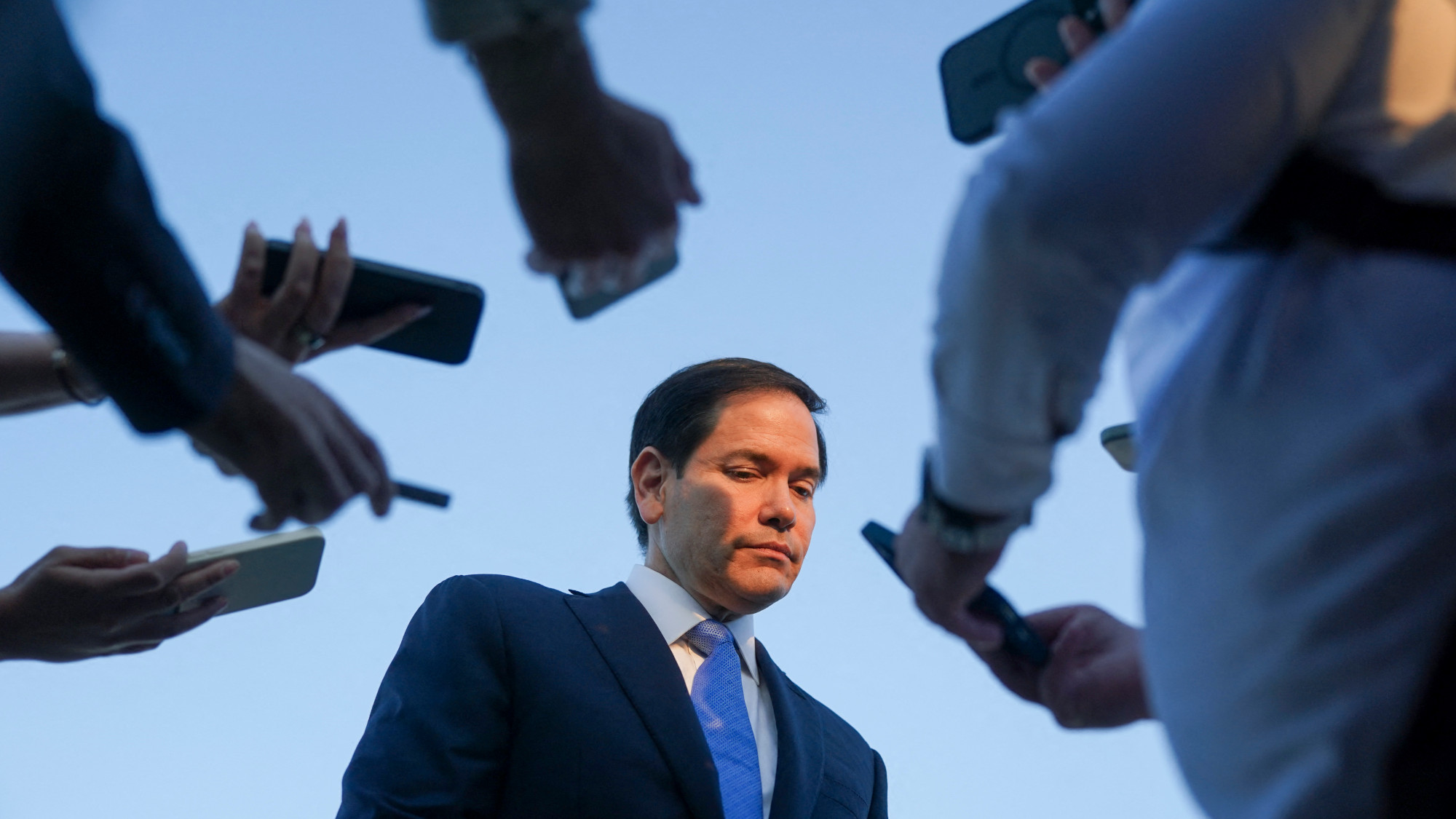 Ukraine and Rubio rewrite Russia’s peace plan
Ukraine and Rubio rewrite Russia’s peace planFeature The only explanation for this confusing series of events is that ‘rival factions’ within the White House fought over the peace plan ‘and made a mess of it’
-
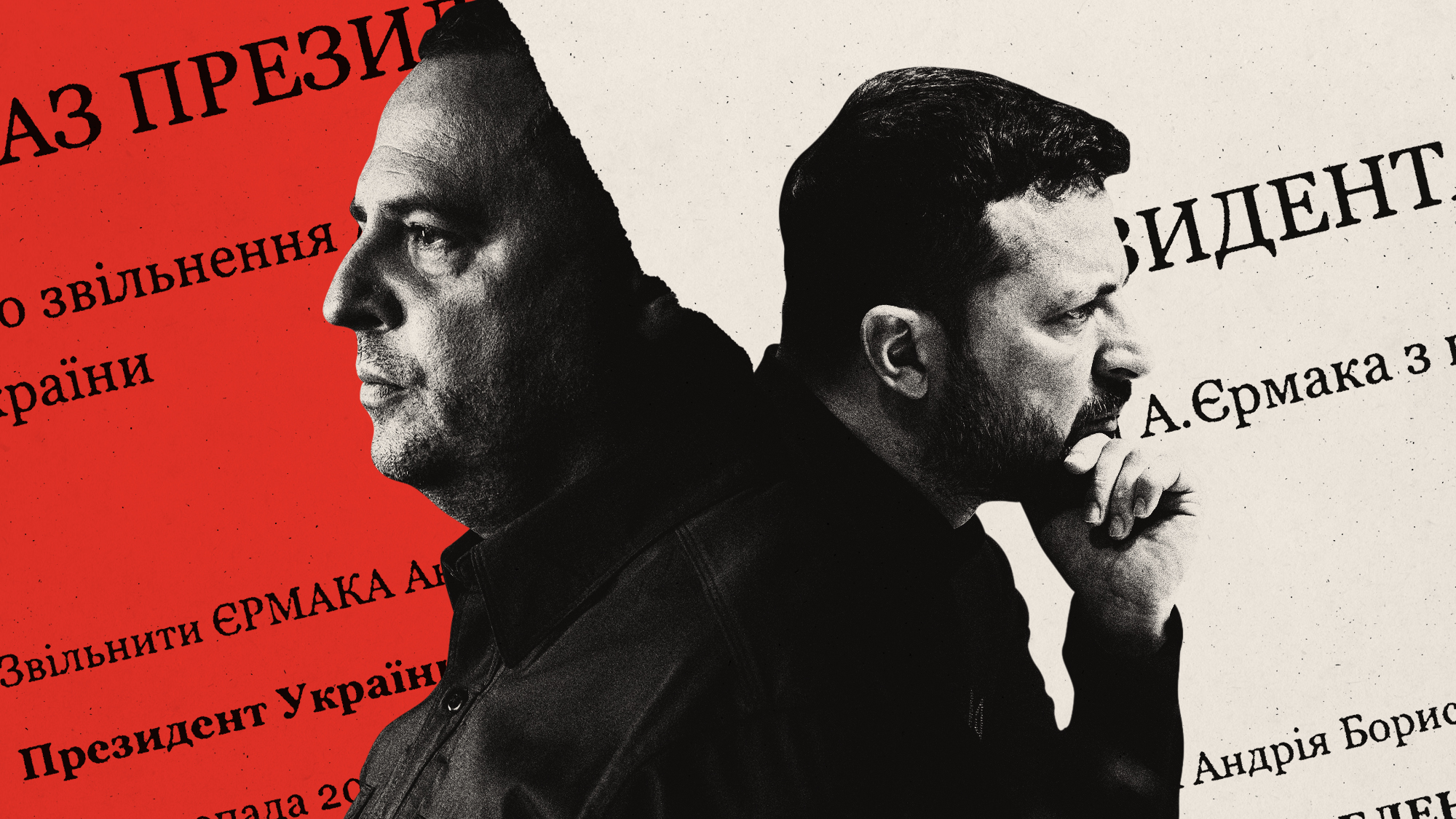 Andriy Yermak: how weak is Zelenskyy without his right-hand man?
Andriy Yermak: how weak is Zelenskyy without his right-hand man?Today's Big Question Resignation of Ukrainian president’s closest ally marks his ‘most politically perilous moment yet’
-
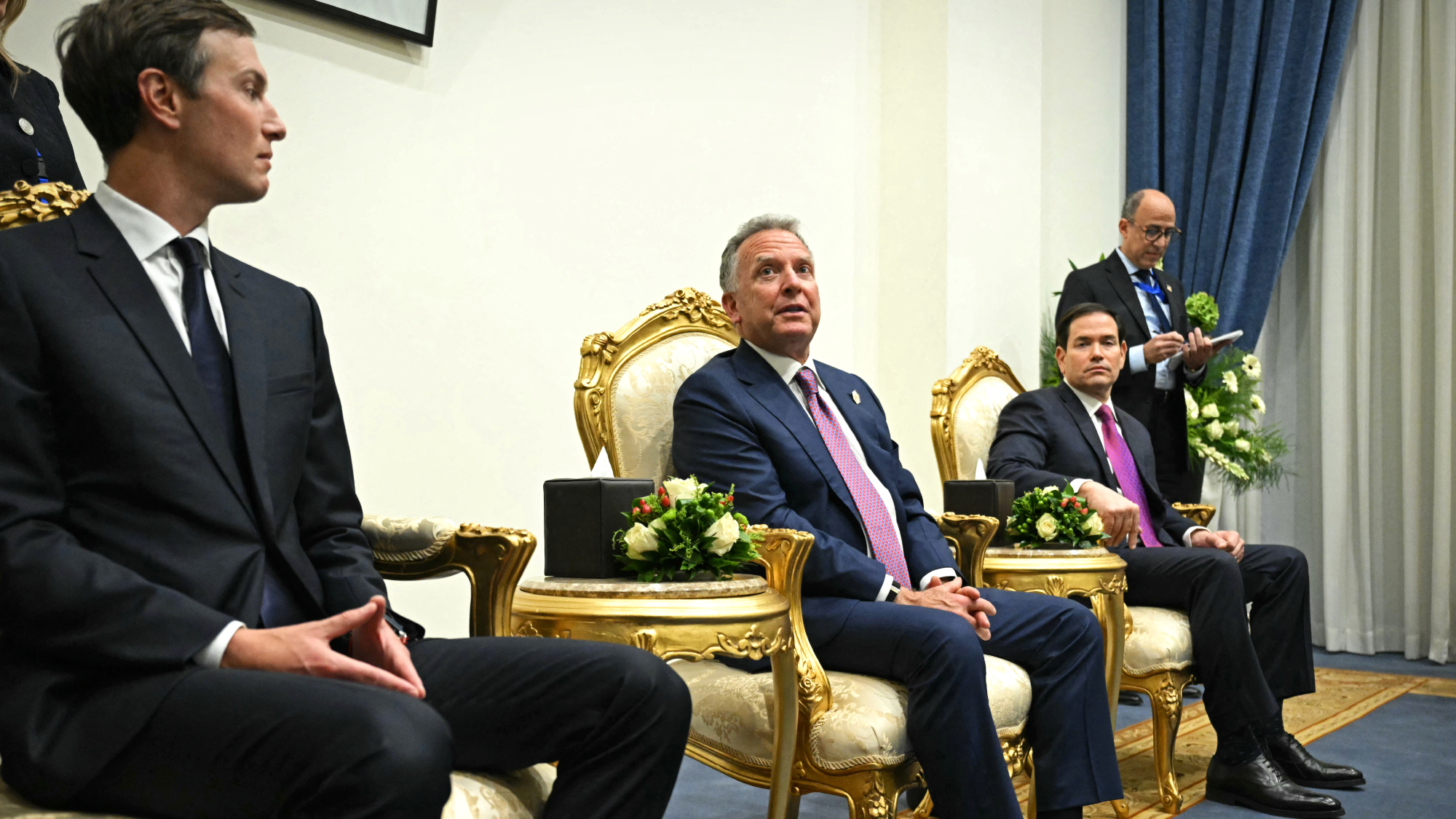 Trump’s Ukraine peace talks advance amid leaked call
Trump’s Ukraine peace talks advance amid leaked callSpeed Read Trump’s envoy Steve Witkoff is set to visit Russia next week
-
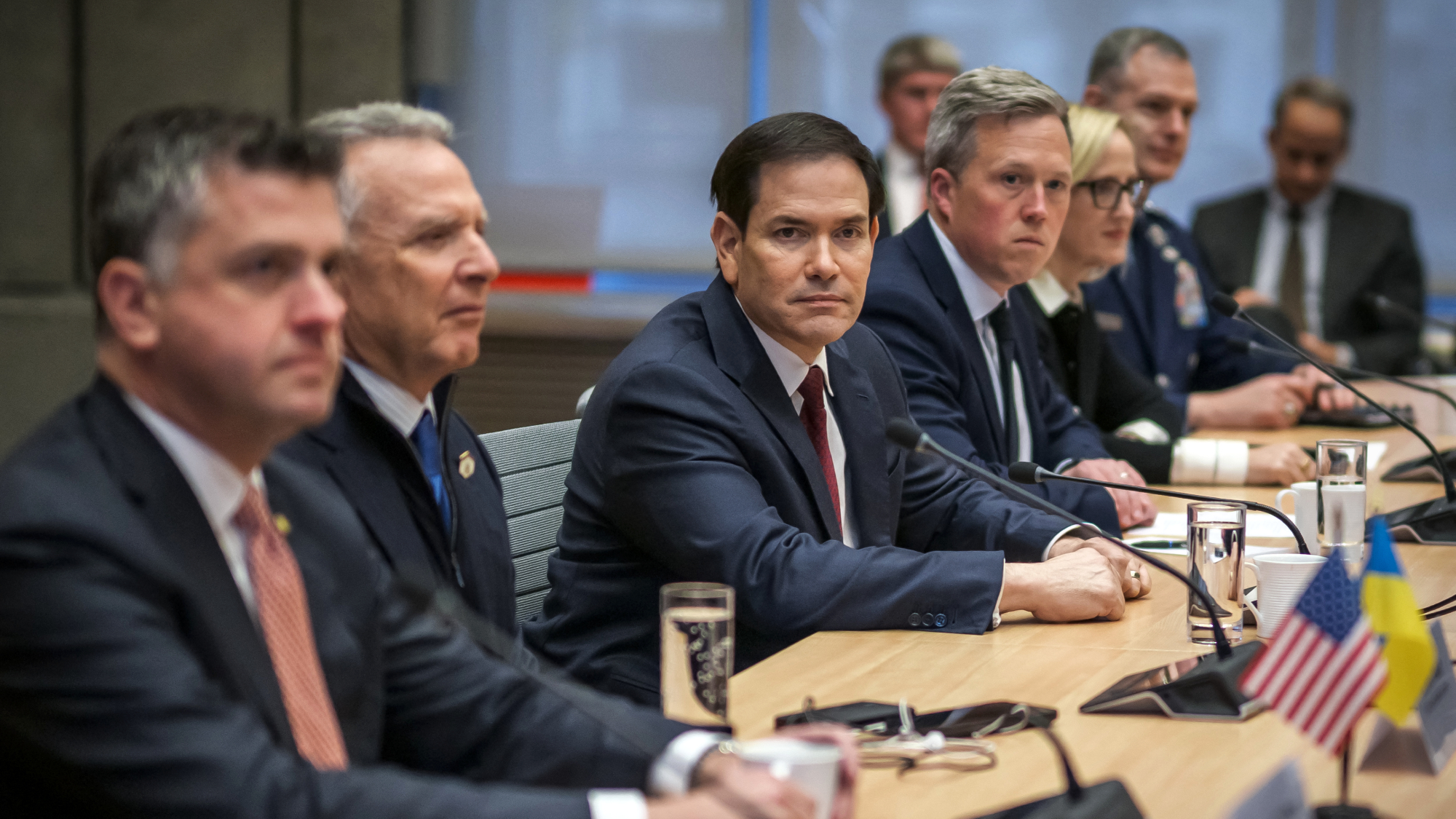 US, Kyiv report progress on shifting Ukraine peace plan
US, Kyiv report progress on shifting Ukraine peace planSpeed Read The deal ‘must fully uphold Ukraine’s sovereignty,’ the countries said
-
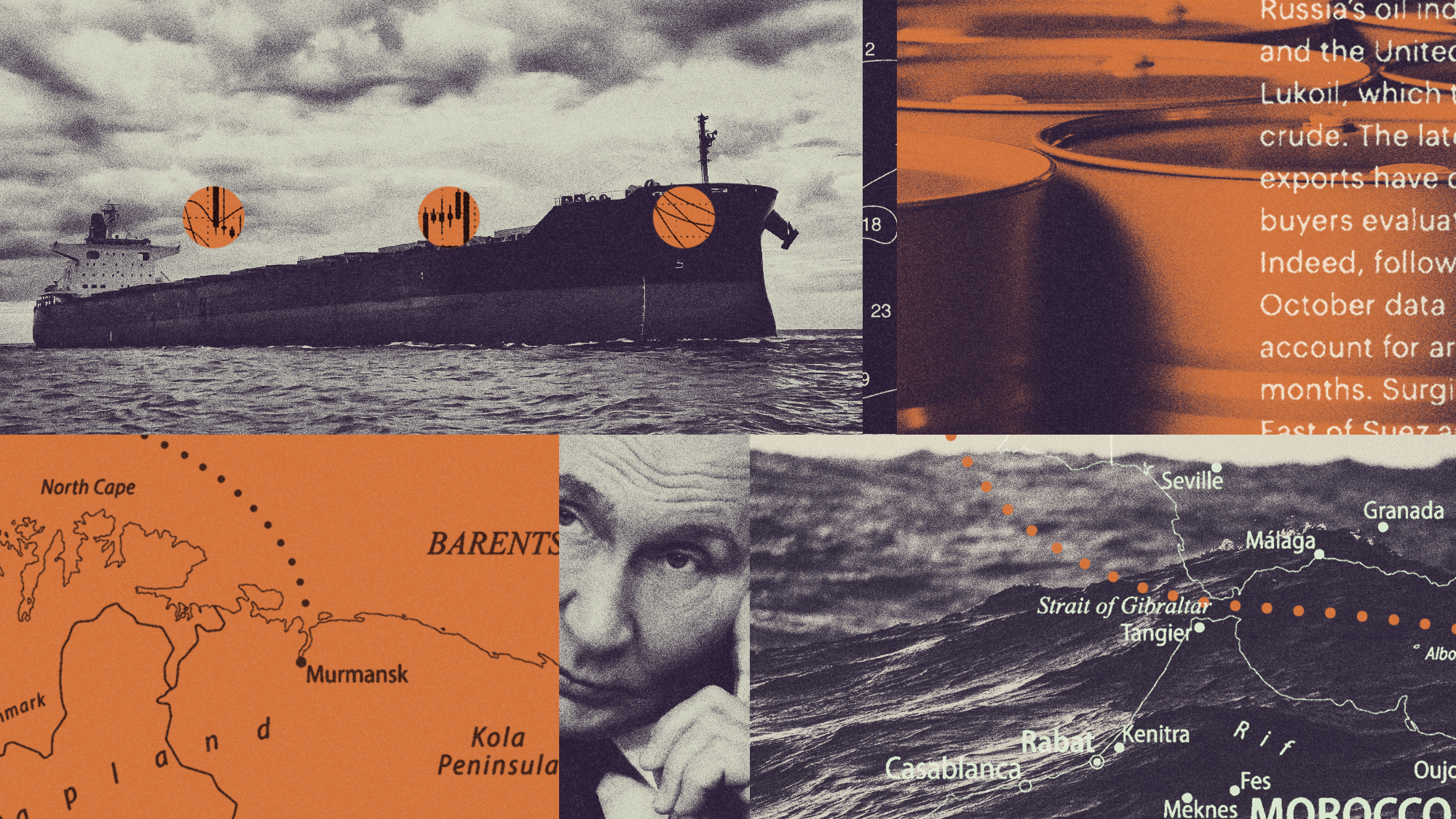 Defeating Russia’s shadow fleet
Defeating Russia’s shadow fleetThe Explainer A growing number of uninsured and falsely registered vessels are entering international waters, dodging EU sanctions on Moscow’s oil and gas
-
 Will California tax its billionaires?
Will California tax its billionaires?Talking Points A proposed one-time levy would shore up education and Medicaid
-
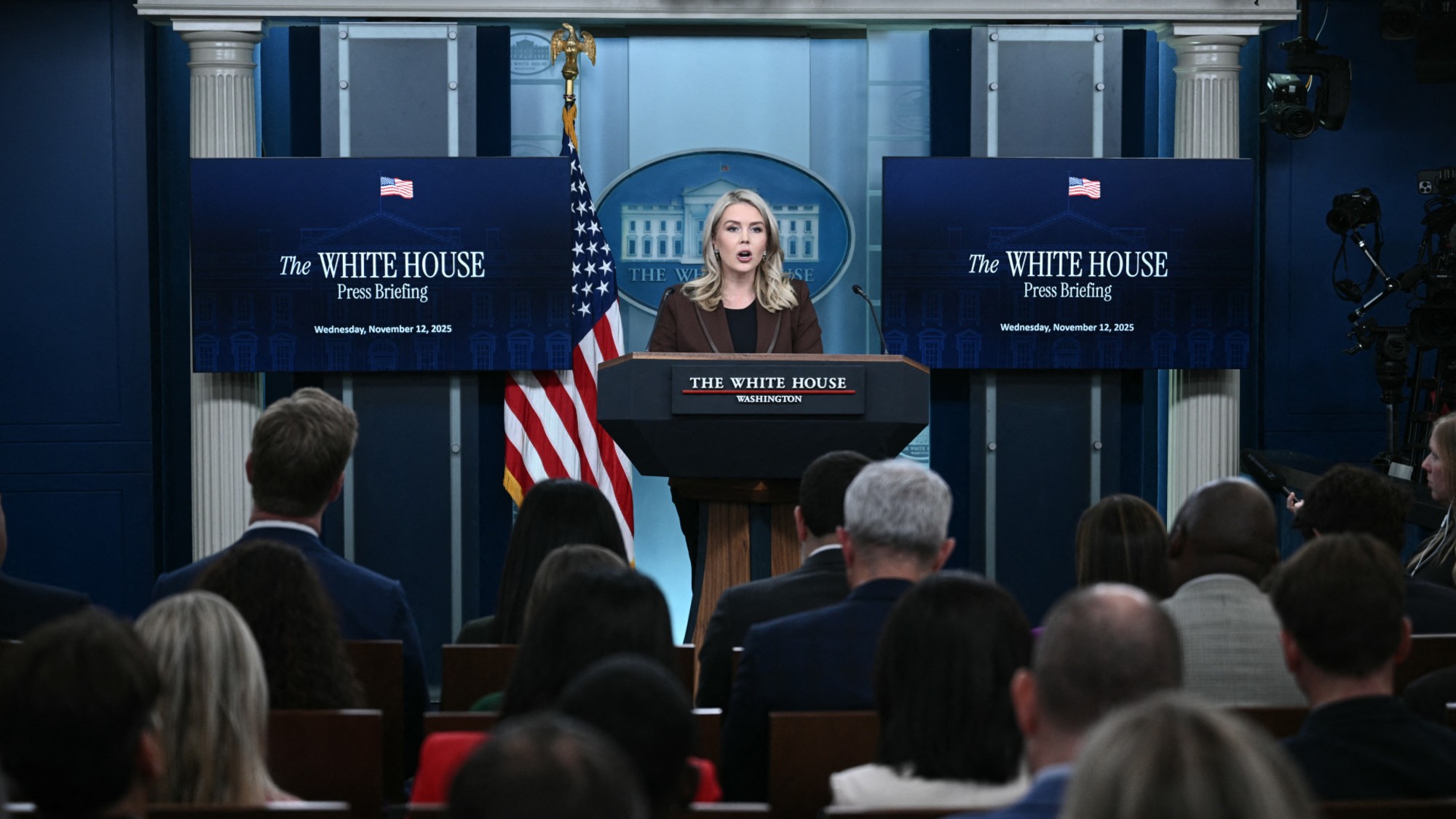 A free speech debate is raging over sign language at the White House
A free speech debate is raging over sign language at the White HouseTalking Points The administration has been accused of excluding deaf Americans from press briefings
-
 Is Trump a lame duck president?
Is Trump a lame duck president?Talking Points Republicans are considering a post-Trump future
